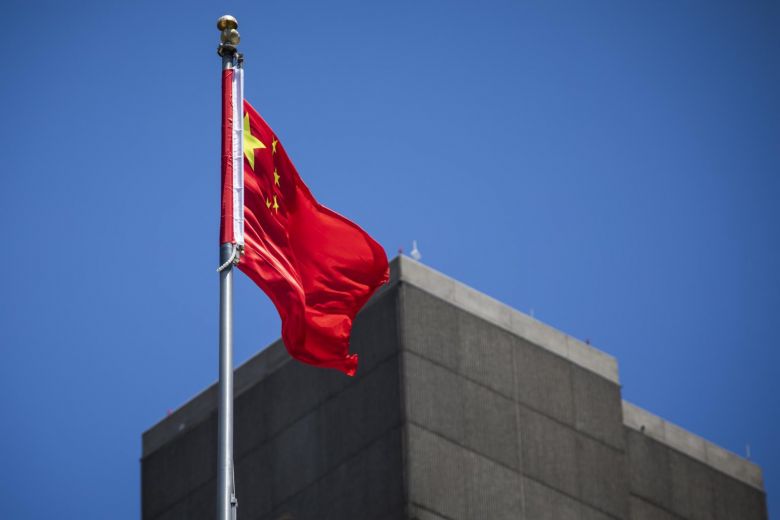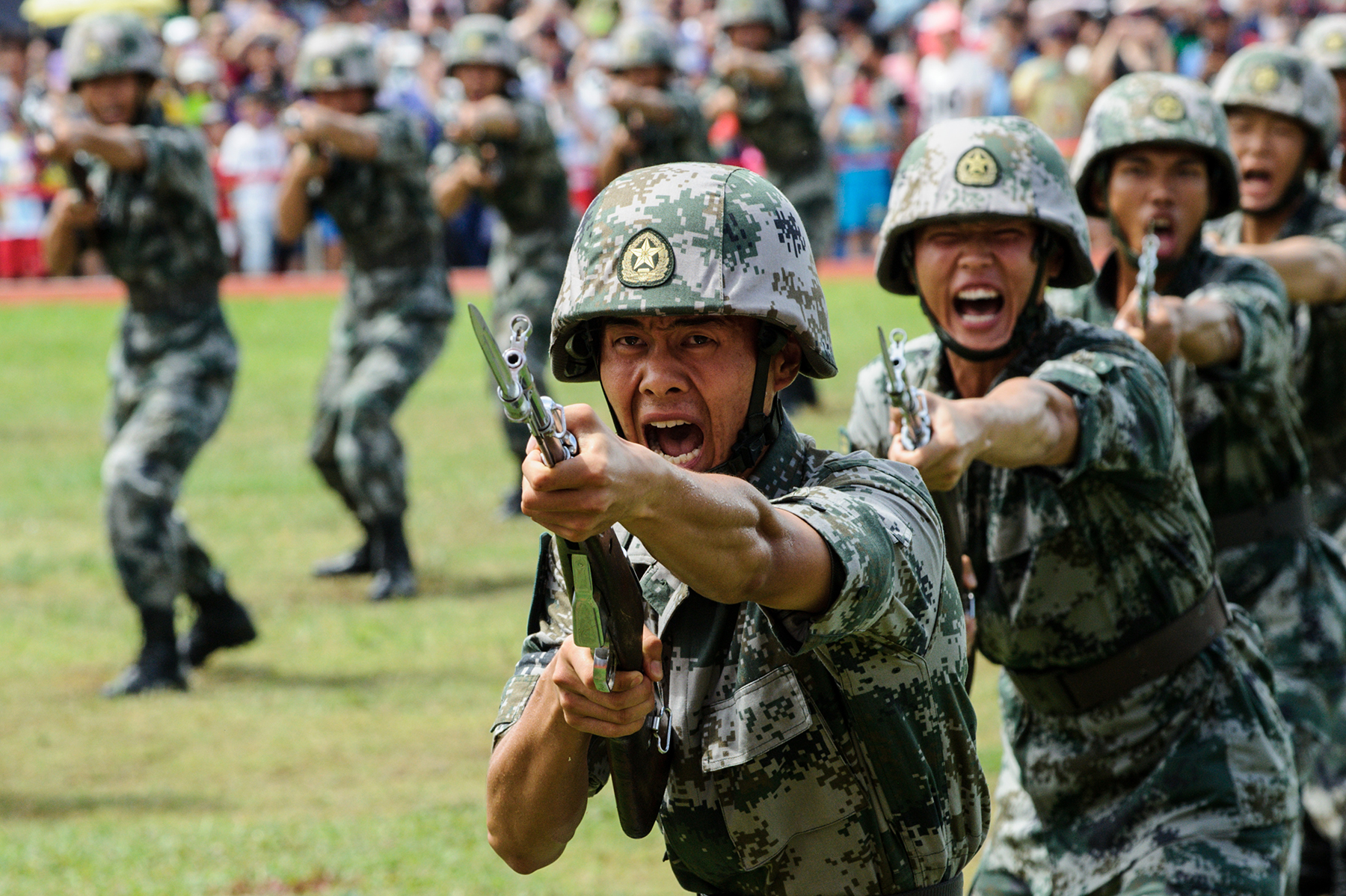Afraid of IAF, China Tries Upgradation Of Western Theatre Air space

Jurisdiction of Western Theatre Command of China covers Sichuan, Tibet ( including Gansu, Qinghai and Yunnan which is part of Tibet but now forcibly separated by China into another province) Ningxia,, Xinjiang, Shaanti, and Chongging. Guizhou. is also sometimes listed as part of the command and of course illegally occupied Indian areas of Ladhak is also covered by this theatre only.
The Western Theatre Command is mainly responsible for mountain warfare at the border area with India. The LAC between India and Tibet stretches to 3,488-km including the high-altitude Tibetan plateau.
China has been trying to reset its military after last year’s 73-day standoff with India at Doklam. Then during the Maldives crisis, the PLAN found out that it stands nowhere in the Indian Ocean Region against the Indian Navy. So the ego of both the PLA and the Chinese Communist Party was badly bruised. Then they planned the Galwan episode in 2020, where they received yet another surprise.
Now a fearful PLAAF is trying to strengthen control of airspace over the mountainous region, Song Zhongping, said a Chinese military expert and TV commentator.
For the air defence of the Western Theater Command, the PLAAF forces include the 6th, 33rd, 37th and the 44th fighter Divisions,4th Transport Division and the 36th Bomber Division. The 109th Aviation Regiment reorganised as a brigade also reports to the PLAAF’s Urumqi Base and flies the J11 fighters.

So first it was the turn of the Chinese Army to get a surpruse starting with Galwan and now the Chine Air Force have become very apprehensive and paranoid with respect to the Indian Air Force. Thus China is upgrading its air defence within the Western Theatre Command, which looks after the security along the Line of Actual Control or LAC on between Tibet and India, to “confront the IAF “, an official media report quoted a military expert as saying.
The Chinese military has also released photographs of a J-10 fighter jet, a lightweight multi-role fighter aircraft, along with J-11, a single-seat, twin-engine fighter jet, flying over the high-altitude plateau in western China during the 2021Chinese New Year and Spring Festival holiday.The jets are attached to the 109th aviation brigade of the air force under the PLA Western Theatre.
China has also recently commissioned its so called stealth fighter, the J-20, which are not difficult to be detected by the Indian fighters and radars.
“Strengthening the 3.5-generation fighter jets or even stationing more advanced fighters in the Western Theatre Command has been urgent for the PLA,” Song said, adding that such upgrades have been usually first conducted in south and east theatre commands.
From the above, now it has been confirmed that most of the PLAAF fighters stationed within the Western Theatre are of old vintage 3rd generation upgraded to 3.5 th generation. Since Chinese Communist Party keeps talking about capturing Taiwan, naturally the SU 30 and J20 have to be kept facing Taiwan to prevent Taiwanese Forces to launch any pre emptive attack.
Considering that India possesses 4,5 th generation fighter jets and now the upgraded SU30 MKI and Rafale too, China’s stationing of its 3.5-generation jets would naturally feel very apprehensive in able to deal with any current threat from IAF.
So the Chinese People’s Liberation Army (PLA) Western Theater Command has also begun to integrate air defense systems of the Army and Air Force in a move experts said can complement each other’s capabilities and better secure China’s air security in joint operations in the region.
All air defense battalions affiliated with an Army air defense brigades started to integrate into the chain of command of an Air Force base in turn, and have assume combat alert duties since July 2020.
The Air Force has dispatched three batches of personnel from air defense, radar and communications units to the Army brigade to coordinate and unify related protocols, and this boosted both services’ combat capability.
Thanks to the integration, the Army air defense brigades have become key nodes in Air Force early warning systems, as Army radars are more accurate and make up for blind zones of the Air Force’s early warning network, the report said, noting that the Army also gained a longer detection range that enabled troops to find enemies and prepare for attacks earlier, as the Air Force shares all intelligence through the network.
The Army and Air Force of The Chinese Communist Party have different air defense missions. Usually the surface-to-air missile installations of the Air Force focus on defending key facilities and cover a longer range, while the Army’s air defense systems are more mobile and would need to follow mechanized ground forces, but have less range, noting that while the Air Force’s long-range radars can see farther, they are less efficient against targets at low level, and that is where the Army’s field air defense systems excel at.
Integrating the two will more efficiently cover all types of targets, and the more installations there are in the joint system, the stronger and resilient the system will be, as some installations could happen to be jammed by hostile electromagnetic interference but others will still do the work.
During China’s National Day military parade in 2019, the PLA had displayed its complete ground-based air defense system, including a new type of early warning radar, the HQ-9B long-range missile, HQ-22 mid-to-long-range missile, HQ-12A mid-range missile and HQ-6A missile and artillery system of the Air Force, and HQ-17A close-range missile and HQ-16B field air defense missile of the Army.
The HQ9B missiles is the latest in the Chinese inventory with a range of 300km. It is a total illegal copy of the Russian S300 missile system though with questionable performance. Though the Chinese claim HQ-9 family of systems employ much newer computing technology than imported Russian S-300PMU/PMU1/PMU2 systems, because HQ-9 is developed more than a decade later, thus allowing it to incorporate advancement in micro electronics. Due to the superior computing capability for signal processing, data processing and guidance support, this missile can have an optional semi active radar homing (SARH) mode, because more info can be processed on board the missile itself.




